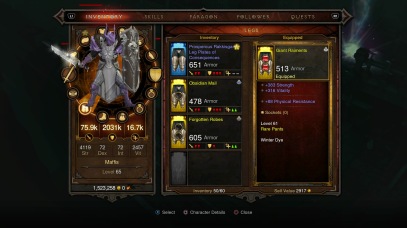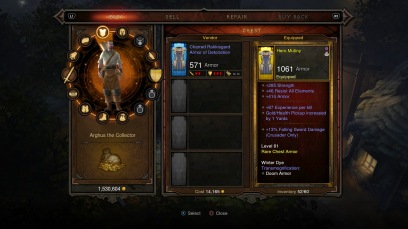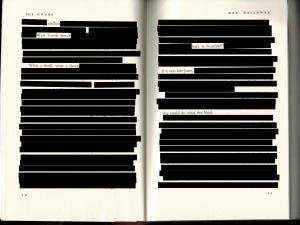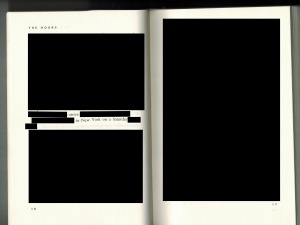- What is the significance of your hero?
My hero in-class was a Barbarian, and I also play a Crusader. The barbarian is the prime example of brute force with an array of area-of-effect (AoE) attacks that stun and destroy everybody nearby. A crusader’s role is mainly to be a “tank” and take all the damage. In terms of aesthetics, the crusader resembles a knight.
- Did you listen to the Lore, Quests, Journals, and townspeople? What did you discover?
Blizzard has a really strong sense with incorporating a good amount of lore into their games, and I think that in the case of Diablo 3 it appeals to a wide audience. My group discovered that Leah was looking for her uncle in the beginning part of the game.
- What are the rules of this game — that you can discover so far?
The game is pretty much about surviving as I completed the quests given from the townspeople. I’ve discovered that working in a group is quicker and more advantageous than working alone.
- At what level did you conclude the play? How much money has your hero found?
The group ended at around level 9, and we each had around 9,000 coins.
The inventory consists of different pieces of armor and potions. Some of the stuff I don’t really need, and other things are important to switch out when adjusting to different groups and bosses.

- Was anything sold, repaired, or bought with the merchant?
I didn’t really talk to the merchants too much during in-class play, but when I actually play the game and pick up items that don’t necessarily fit my class, going to the vendors becomes a task that has to be done every time I reach the town.

- What skills are available to your hero?
Barbarians had an array of skills (even at level 9) and as I leveled I gained more abilities and more powerful enhancements to what I had. I used many different AoE attacks.
- How can this kind of gaming “save the world”?
Gaming can save the world because it gives people the chance to communicate and solve problems; moreover, in solving those problems the gamers are guaranteed an epic adventure. My group’s adventure was very fun, and getting to kill the skeleton king was an achievement that not many people did in the class. When we work together, it shows how much more progress we can achieve, as opposed to this screenshot, where sometimes working alone can be extremely difficult.
- How can gaming represent narrative (or not)?
Gaming represents narrative because as I went through the storyline, I saw that the character is senselessly stuck at some points without going through the quest line. For example, for my group to be able to continue on, we had to talk to Leah to continue the quest to find her uncle. We are participating in the part and thus become immersed in the story.













